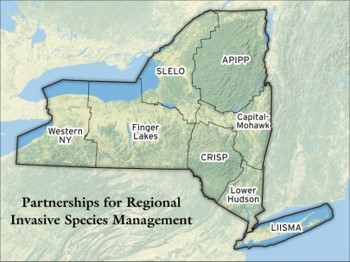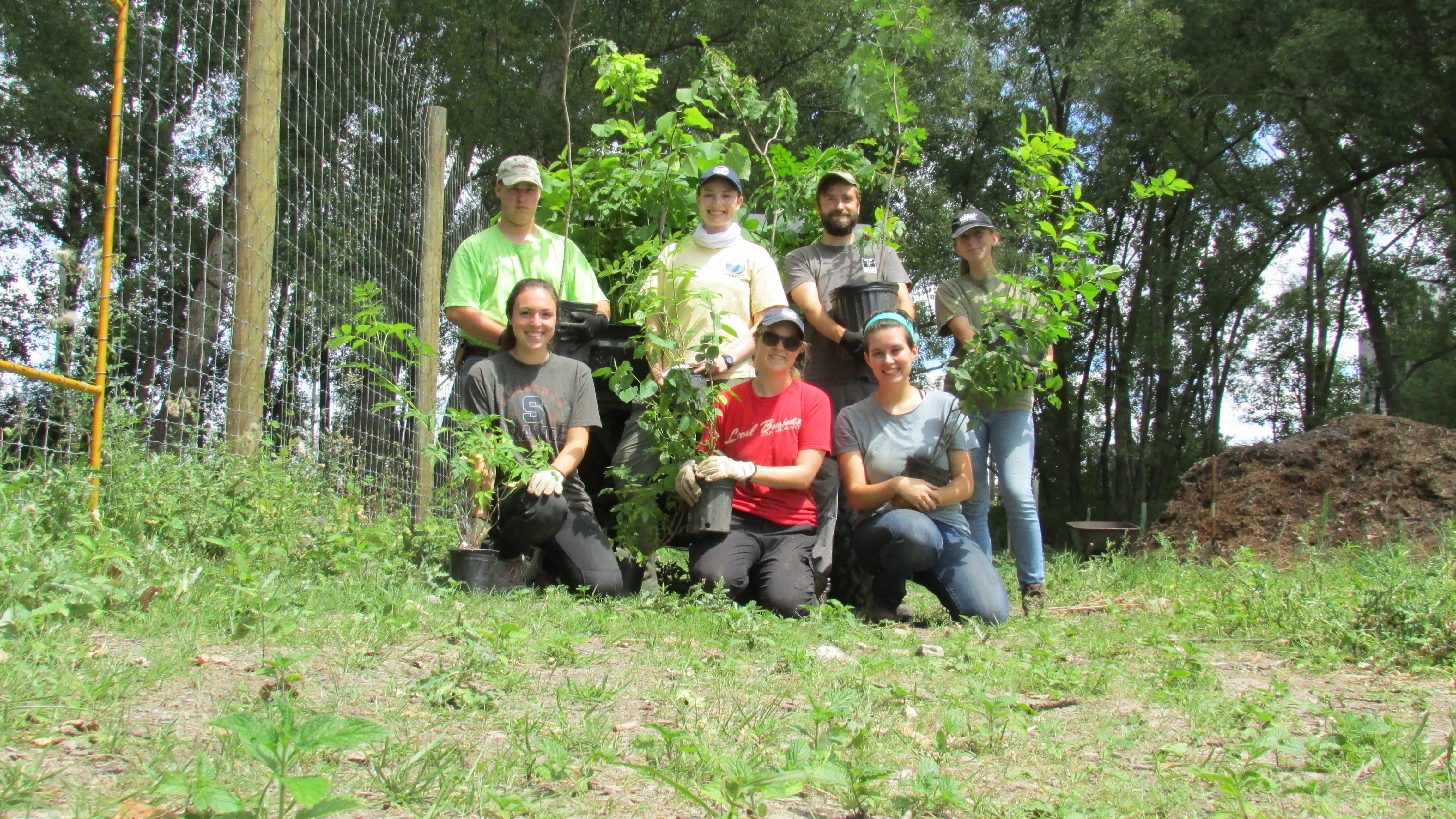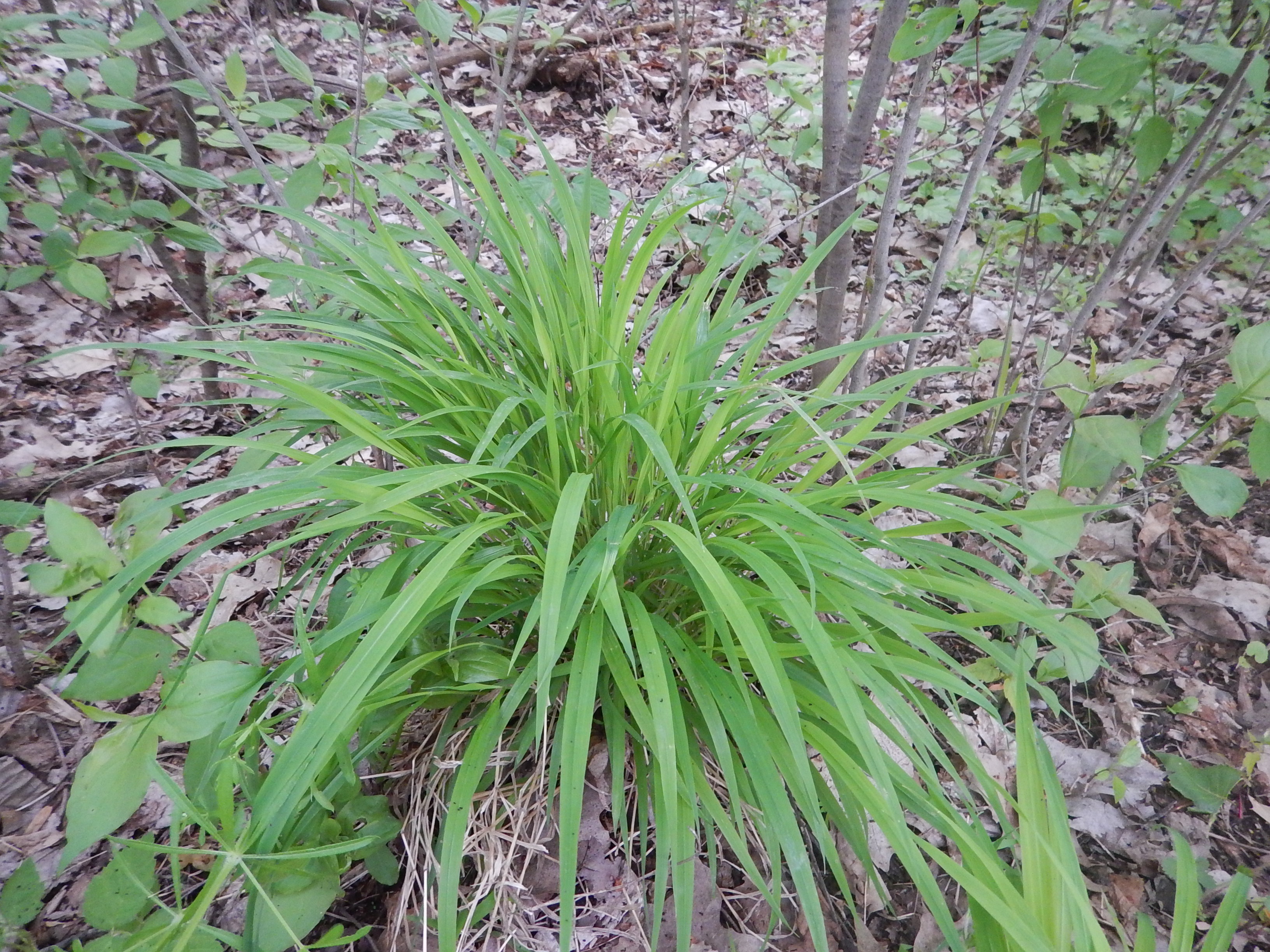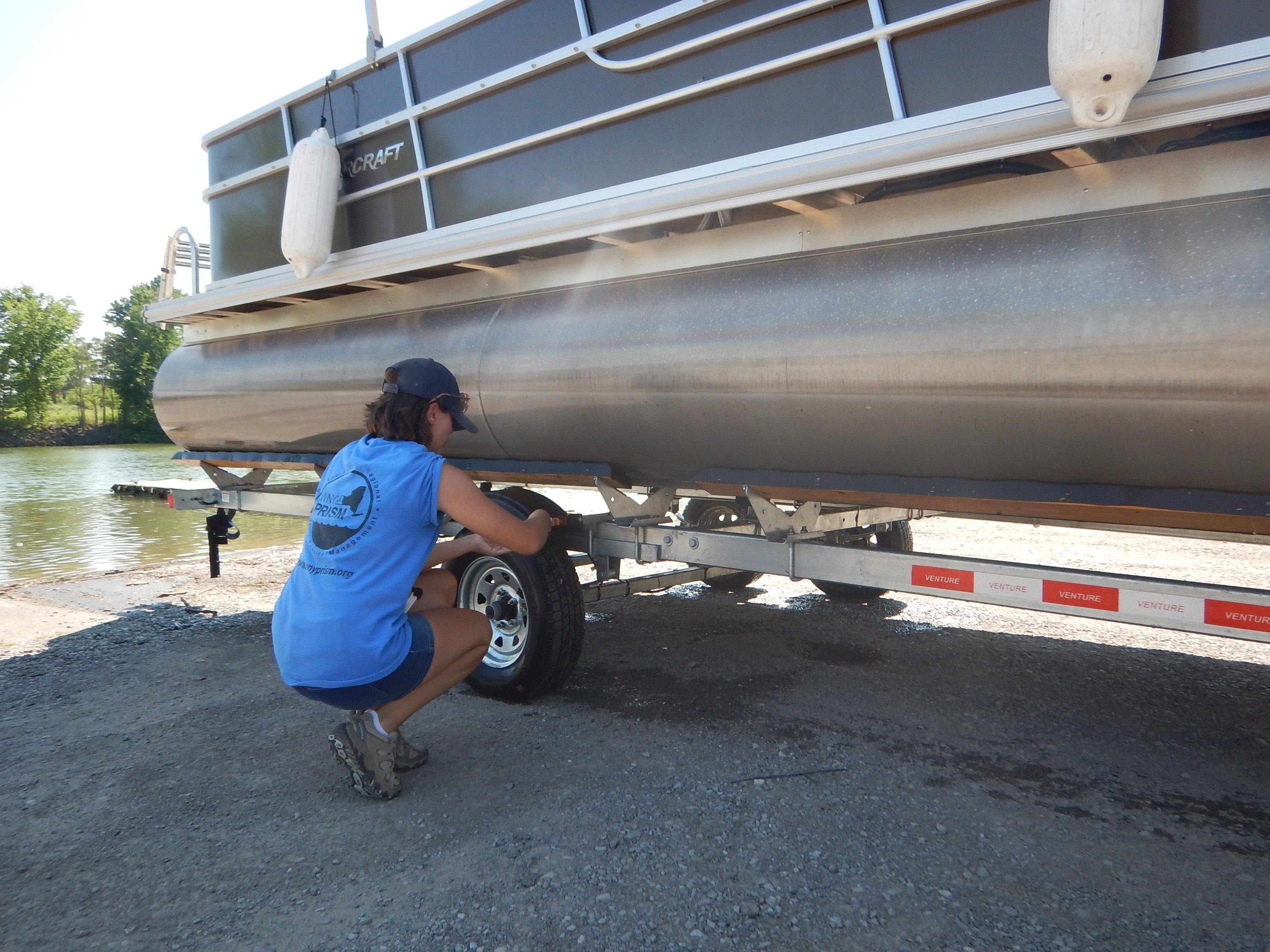
 The Western New York Partnership for Regional Invasive Species Management (WNY PRISM) was formed in 2014 to combat the spread of both aquatic and terrestrial invasive species and mitigate associated threats by providing coordination for invasive species monitoring and management in the eight western-most counties of New York. Our mission is to proactively identify, evaluate and address invasive species priorities in Western New York using a coordinated partnership of local professionals, organizations, and community members to improve, restore, and protect aquatic and terrestrial resources. We host state and regional meetings, workshops, and extensive education and outreach. By fostering regional collaboration, we lessen the impact of invasive species, and preserve the natural resources and beauty of Western New York.
The Western New York Partnership for Regional Invasive Species Management (WNY PRISM) was formed in 2014 to combat the spread of both aquatic and terrestrial invasive species and mitigate associated threats by providing coordination for invasive species monitoring and management in the eight western-most counties of New York. Our mission is to proactively identify, evaluate and address invasive species priorities in Western New York using a coordinated partnership of local professionals, organizations, and community members to improve, restore, and protect aquatic and terrestrial resources. We host state and regional meetings, workshops, and extensive education and outreach. By fostering regional collaboration, we lessen the impact of invasive species, and preserve the natural resources and beauty of Western New York.
WNY PRISM identifies, maps, and develops management plans to control aquatic and terrestrial invasive species. The office hires seasonal crew members each summer to aid in its management and restoration efforts, in addition to employing a full-time Coordinator and Project Managers. Additional seasonal staff include Watercraft Inspection Stewards. The office coordinates management activities and public outreach efforts among a wide diversity of partners in the region, including NGOs, state and federal agencies, and academic institutions. WNY PRISM is a sponsored program through the Research Foundation at Buffalo State University and is hosted by the Great Lakes Center.
Please contact Andrea Locke, WNY PRISM Coordinator for more information and to see how you may become involved. Follow the events and activities at the official WNY PRISM website.
Andrea Locke
Phone: 716-878-4708
Email: lockeas@buffalostate.edu
The PRISM mission is to protect New York from the harm caused by invasive species. The eight PRISMs located throughout the state provide leadership, coordination, and information for their regions and are involved in all aspects of invasive species management. They need your help! Partners and volunteers are essential for success, making the whole greater than the sum of its parts. Funding for PRISM is provided by the Environmental Protection Fund through the NYS Department of Environmental Conservation.




Some content on this page is saved in PDF format. To view these files, download Adobe Acrobat Reader free. If you are having trouble reading a document, request an accessible copy of the PDF or Word Document.
